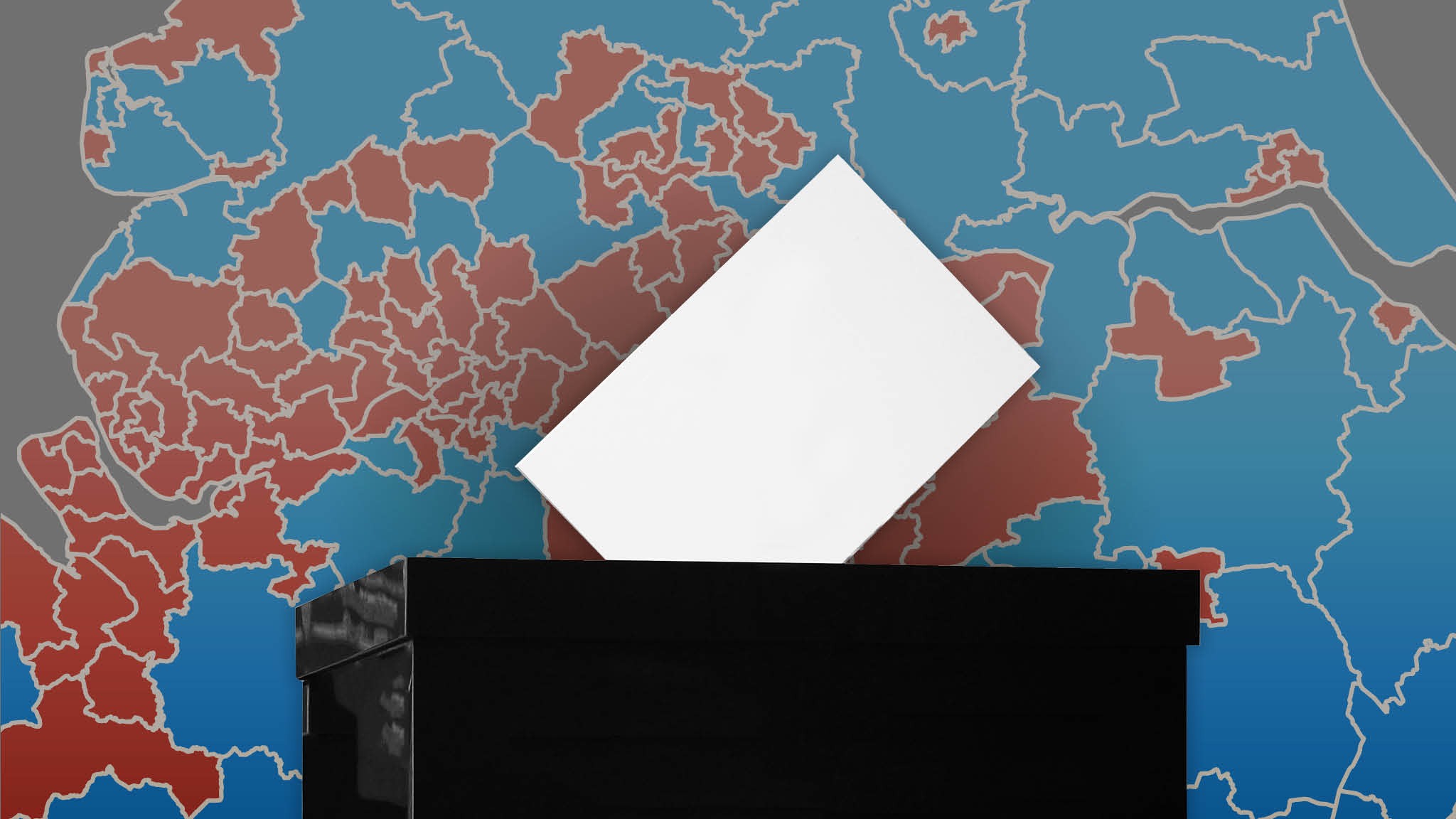As the current parliamentary term nears its end, Prime Minister Rishi Sunak faces mounting pressure to set a date for the next general election, which must occur before January 2025.
Despite the challenges of reviving the Conservative Party’s standing after tumultuous leadership periods under Boris Johnson and Liz Truss, Sunak’s tenure has not seen the hoped-for reversal in the party’s fortunes, continuing 14 years of Conservative governance.
Under Keir Starmer, labor has seen a known surge in poll numbers, consistently holding the lead over the Conservatives by double digits throughout the past year. Despite this lead, there’s a sense of apprehension within Starmer’s team regarding the durability of this support as the electoral battle heats up.

Adding complexity to the political landscape, Reform UK, initiated by Nigel Farage, emerges as a contender from the right, aiming to siphon off Conservative voters.
Simultaneously, the Liberal Democrats are positioning themselves to challenge the Conservatives, mainly targeting Southern England’s “Blue Wall” constituencies.
With the election clock ticking, the dynamics of UK politics remain fluid, and the eventual outcome of a general election remains an open question. The polling trends so far offer a glimpse into the potential directions the election could take, but the true test will come as parties begin to campaign in earnest. Voters weigh their choices in the evolving political arena.

